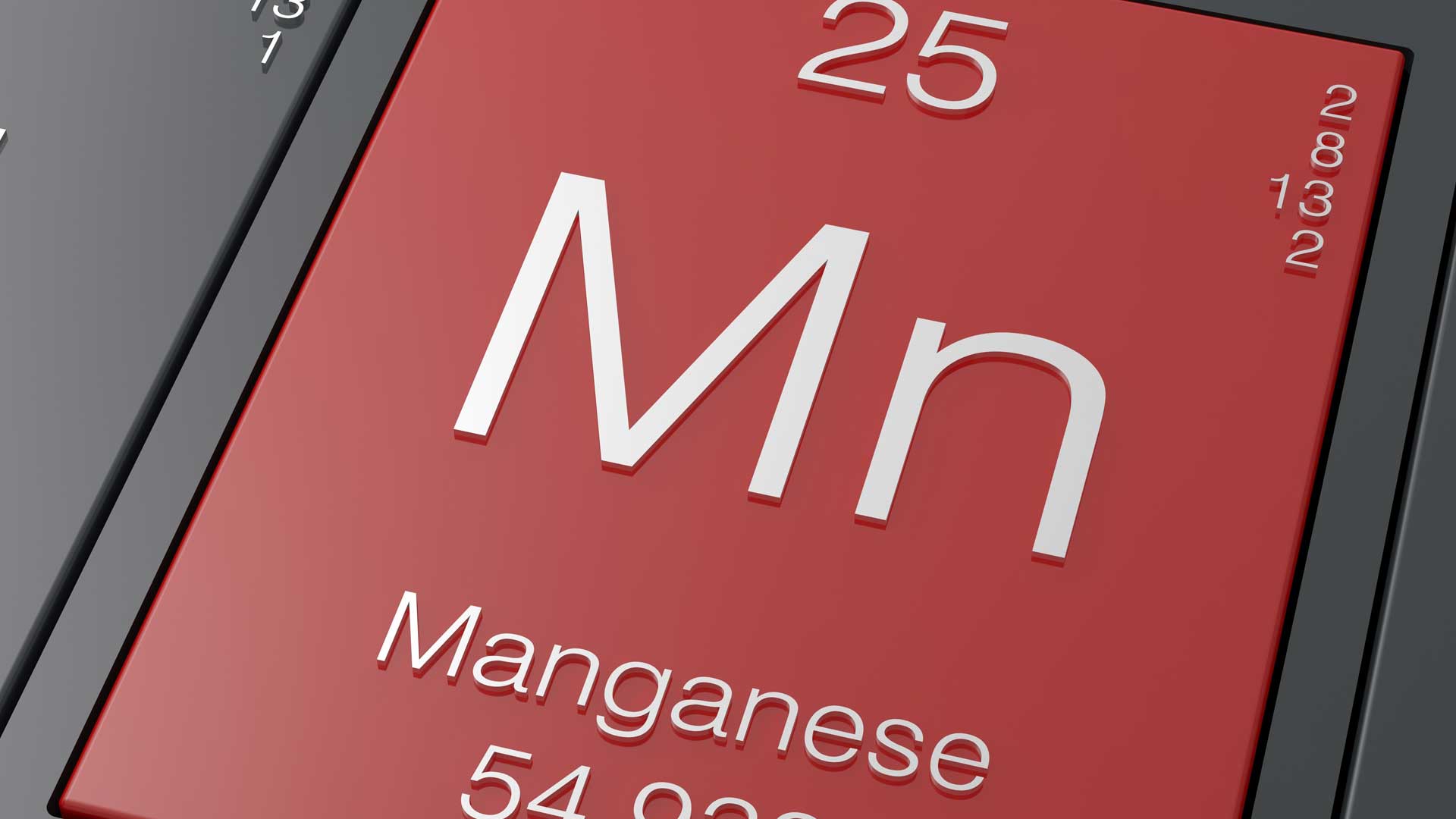Manganism: What Every Welder Should Know

As it turns out, very—at least when it is inhaled as a fumed particulate rather than swallowed with your morning multi. In fact, manganese is among the most problematic elements found in weld fumes. Breathing in manganese fumes results in serious health problems for welders, including manganism.
What is Manganism?
Manganism is a serious neurological disorder that results from chronic exposure to weld fumes containing manganese. It is often mistaken for Parkinson’s Disease, Multiple Sclerosis (MS), or Amyotrophic Lateral Sclerosis (ALS), also known as Lou Gehrig’s Disease. Symptoms of manganism include:
- Cognitive impairment
- Tremors
- Balance and gait problems
- Speech impairment
- Generalized muscle weakness
If caught early, many of the symptoms of manganism are reversible if exposure to respirable manganese is eliminated. However, with continued exposure over time, many of the neurological impairments will become permanent.
Other Health Risks of Manganese Exposure
Manganism isn’t the only health problem that can arise from exposure to respirable manganese in weld fumes. Manganese exposure is also associated with:
- Lung damage and reduced lung function
- Chronic bronchitis
- Pneumonia
- Kidney damage
- Male infertility
Exposure to high levels of weld fumes can also result in acute health problems such as “metal fume fever,” a flu-like sickness with fever, chills, nausea, headache, fatigue and joint pain. Acute exposure can even lead to temporary cognitive problems. Symptoms of acute manganese toxicity include:
- Cognitive impairment
- Irritability or emotional instability
- Sleepiness or slowed movements
- Hallucinations or psychosis
How Welders Can Protect Themselves From Manganese Exposure
Manganese is a key component in stainless steel and aluminum alloys and found in most welding consumables used by manual welders. Here’s what welders can do to reduce the risks of working with these materials:
- Know the symptoms of acute manganese toxicity. Remove yourself from the environment if you are showing signs of metal fume fever or cognitive effects.
- Use source capture equipment appropriately. Source capture options such as backdraft tables, fume guns and fume arms can keep weld fumes out of the breathing zone—but only when they are used appropriately. Make sure you understand proper use and positioning of source capture equipment and use it consistently with every single weld.
- Use PPE if source capture is not adequate to meet PELs. If source capture is not a viable option for your application, or cannot fully capture weld fumes as they are created, employers should install welding station ventilation or ambient air filtration to keep weld fumes from building up in the facility. However, ambient solutions will not keep weld fumes out of the breathing zone. Welders should consider using personal protective equipment (PPE), such as a powered air purifying respirator (PAPR) or a welding helmet, while engaged in manual welding without source capture. PPE is required if engineering controls cannot keep exposure levels below 5 mg/m3.
- Get regular checkups to monitor for chronic exposure effects. Welders experiencing neurological symptoms should get evaluated right away and take steps to reduce or eliminate exposure if manganism is suspected.
Read more about manganese exposure and control options here.
Contact Us With Your Questions!
SUBSCRIBE TO
BLOG UPDATES








